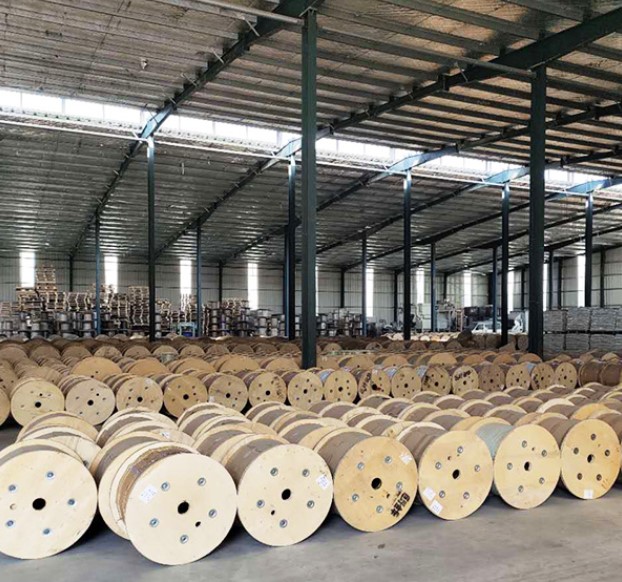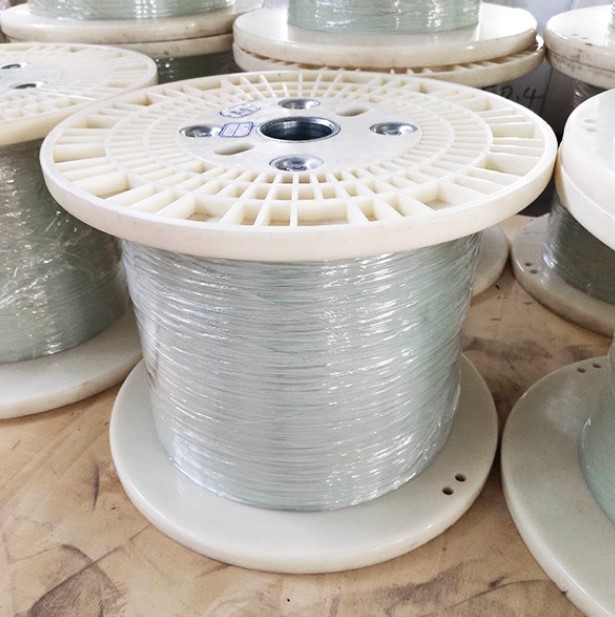Shanghai Gengyun Industrial Co., Ltd
What is FRP Fiberglass Reinforced Plastic
FRP stands for Fiberglass Reinforced Plastic. It consists of glass fibers and a plastic matrix surrounding the glass fibers. This structure makes it very lightweight and very strong. Fiberglass Reinforced Plastic is a resin-based composite material in which the polymer is reinforced with fibers to increase performance. The glass fibers have completely different properties from solid materials and provide the necessary stability for FRP. Depending on the length, glass fibers can be divided into short fibers, long fibers, and long fibers. The longer the fiber, the stronger the material. For FRP, glass fibers are usually provided in the form of cut mats, fleece, and fabric. The plastic matrix then wraps the glass fibers and gives the FRP its shape. Fiber Reinforced Plastic are commonly used in the aerospace, automotive, marine, and construction industries because of their corrosion resistance, light weight, and resistance to UV radiation.

Advantages of Fiber Reinforced Plastic
- Lightweight but strong mechanical strength
The relative density of FRP is only one-fifth of that of carbon steel, but its tensile strength is comparable to or even exceeds that of carbon steel. Its strength can be compared with that of high-grade alloy steel, which allows FRP Fiber Reinforced Plastic to maintain a relatively light weight in large-span and large-size structural applications.
- Good corrosion resistance
Fiberglass Reinforced Plastic has excellent corrosion resistance and has good resistance to water, acids, alkalis, oils and general solvents. This allows FRP to be used for a long time in various harsh environments. It reduces maintenance costs caused by corrosion.
- Good thermal and insulation properties
As an excellent thermal insulation material, FRP can also serve as an ideal thermal protection and ablation-resistant material under instantaneous ultra-high temperature conditions. FRP Fiber Reinforced Plastic is a fully dielectric material that is insensitive to electric shock. It can completely avoid interference from lightning strikes and strong electromagnetic objects.
- Good plasticity
FRP can be formed by molding, hand coating, spraying and pultrusion. And can produce products of various complex shapes. By changing the type of fiber and the ratio of resin. The performance of Fiber Reinforced Plastic can be adjusted to make it suitable for various specific application scenarios.
- Environmental protection
Waste materials of Fiber Reinforced Plastic can be reused and recycled, which is conducive to reducing environmental pollution and waste of resources. TOEM’s Fiberglass Reinforced Plastic products meet ROHS standards.

Disadvantages of FRP
FRP has a low elastic modulus. Although the elastic modulus of Fiberglass Reinforced Plastic is 2 times larger than that of wood, it is 10 times smaller than that of steel. The product structure often feels insufficient in rigidity and prone to deformation. This can be compensated for in the form of high modulus fibers or reinforcement. The impact can also be reduced by forming a thin shell structure or a sandwich structure.
Application of FRP materials
In fiber optic cables, FRP Fiberglass Reinforced Plastic materials are often used as fiber optic cable reinforcement cores. The Fiberglass reinforced plastic optical cable reinforcement core is generally placed in the center of the optical cable. Its main function is to support the optical fiber unit or optical fiber bundle and significantly improve the tensile strength of the optical cable. FRP strength core overcomes many defects of traditional metal optical cable strength core. For example, they are susceptible to corrosion and electromagnetic interference. FRP strengthening core is widely used in various optical cable products. Including but not limited to indoor optical cables, outdoor optical cables, ADSS (all-dielectric self-supporting) power communication optical cables, FTTX (fiber to the home) optical cables, etc.
Conclusion
FRP glass fiber reinforced materials have many advantages as the fiber optic cable reinforcement core. If you don’t know how to choose the fiber optic reinforcement core material, please feel free to contact us. We can provide you with professional solutions.
